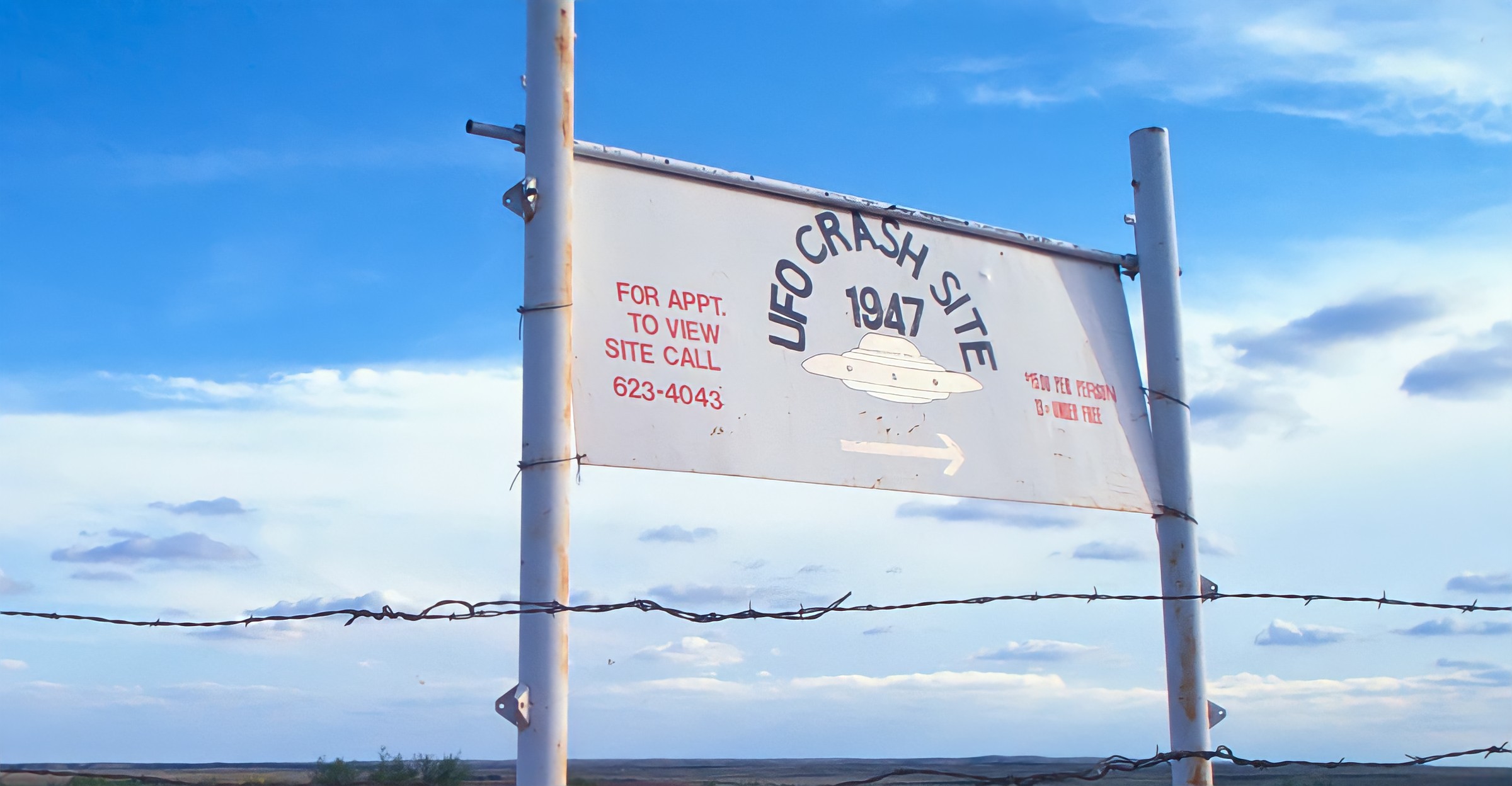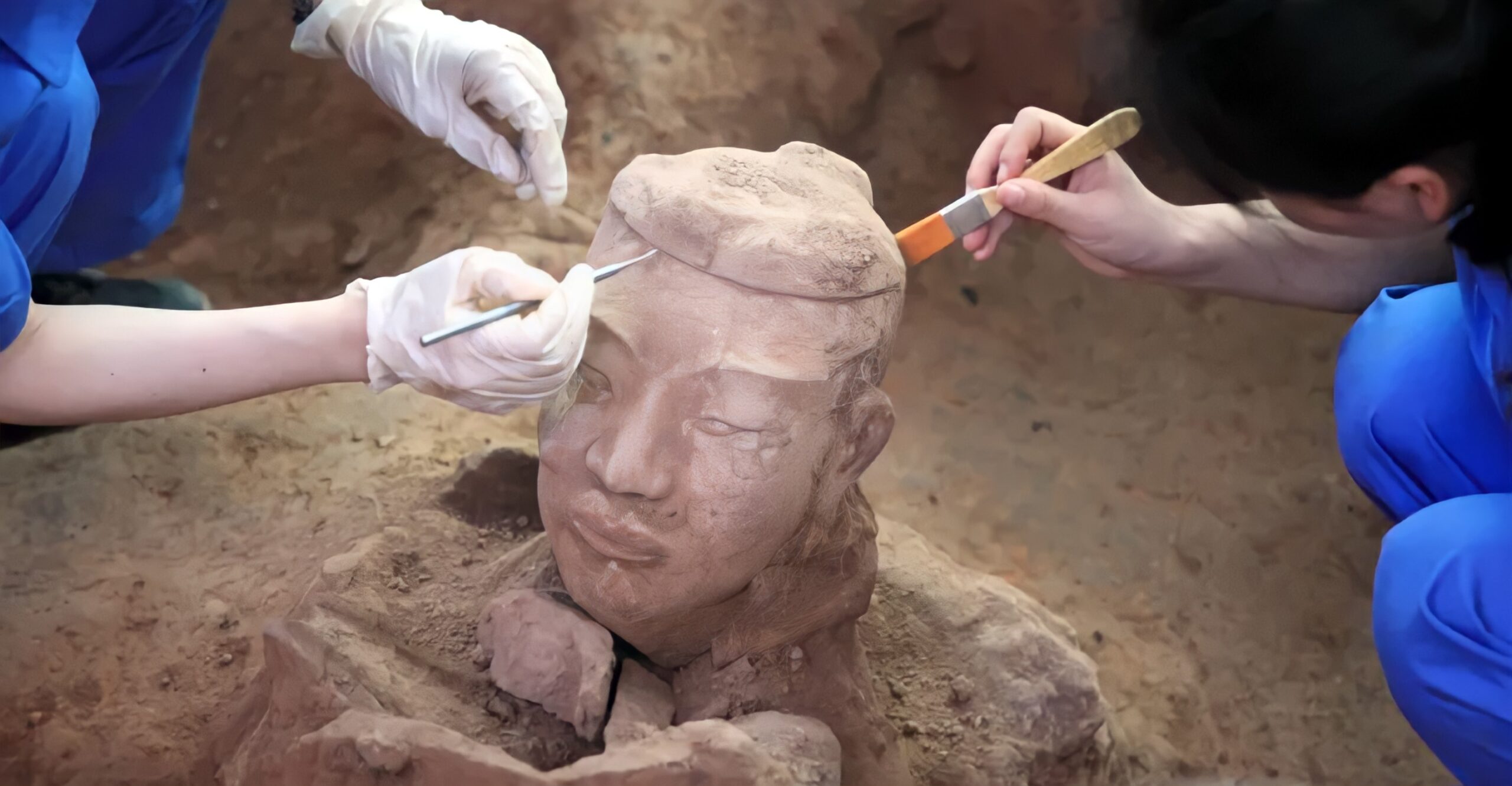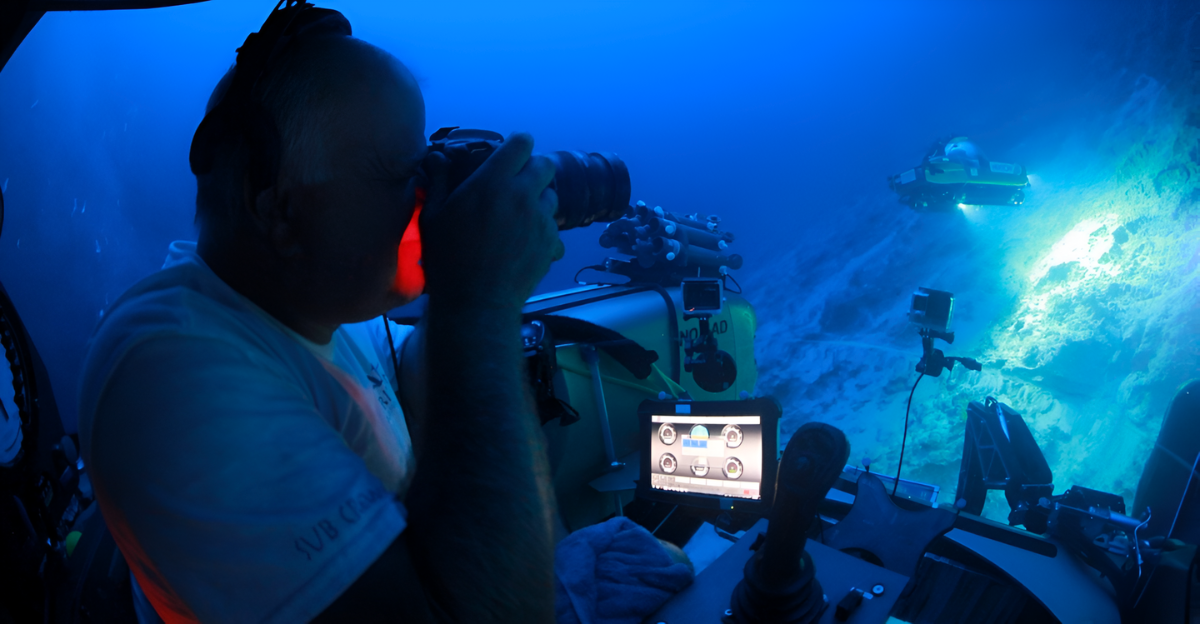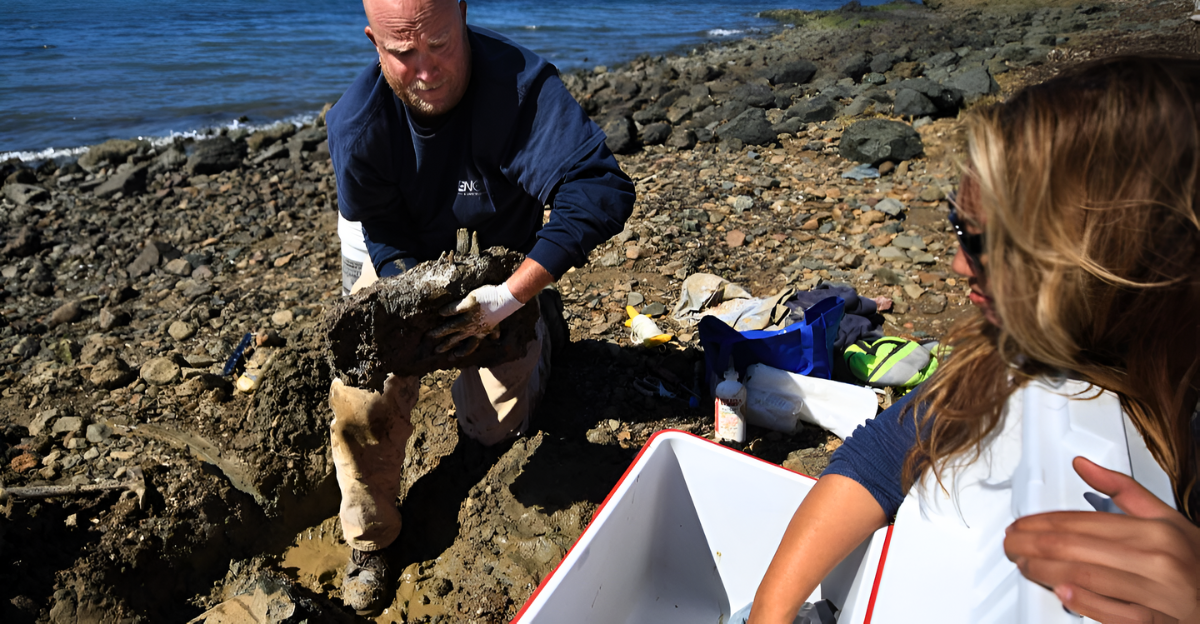
Every once in a while, the quiet beaches of Texas harbor secrets that date back thousands of years—secrets that rewrite our understanding of history, and ignite the imaginations of archaeologists and amateur explorers alike.
What started as a simple day at the beach can quickly turn into a journey through time when an unsuspecting beachcomber stumbled upon a relic so ancient that it predates the construction of the Egyptian pyramids!
Daniel Sawyer’s discovery on the Bolivar Peninsula is more than a relic — it’s a tangible link to a world 12,000 years in the past, a glimpse into the lives of the continent’s earliest inhabitants.
This discovery has sparked excitement and debate, revealing how even the most ordinary moments can uncover extraordinary history. So what exactly did Sawyer find, and why does it matter so much?
A Day at the Beach Turns Extraordinary
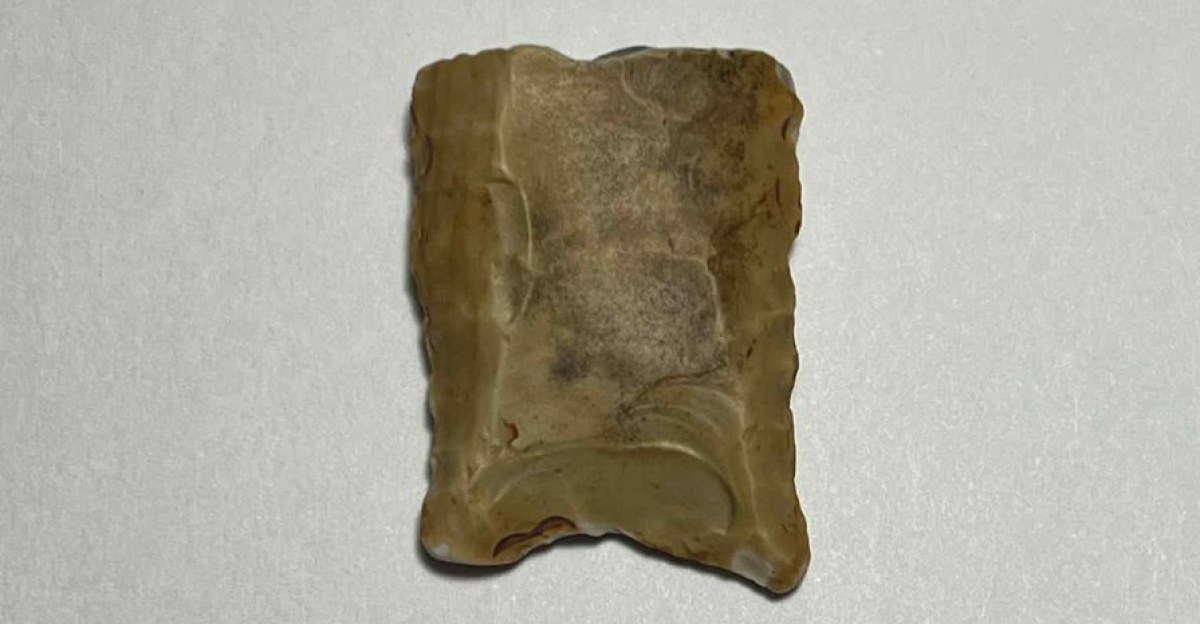
For Daniel Sawyer, it was going to be just a lazy, casual day on the Bolivar Peninsula, hoping to find a piece of sea glass, or, if the universe is feeling especially generous, a good-sized shark tooth.
Instead, he found something glinting in the sand near the stilted “Lonely House.” What he had found was not just a curiosity — it was a fragment of the past, destined to make headlines and spark debate among experts and amateaurs alike.
The Artifact That Stunned the Experts
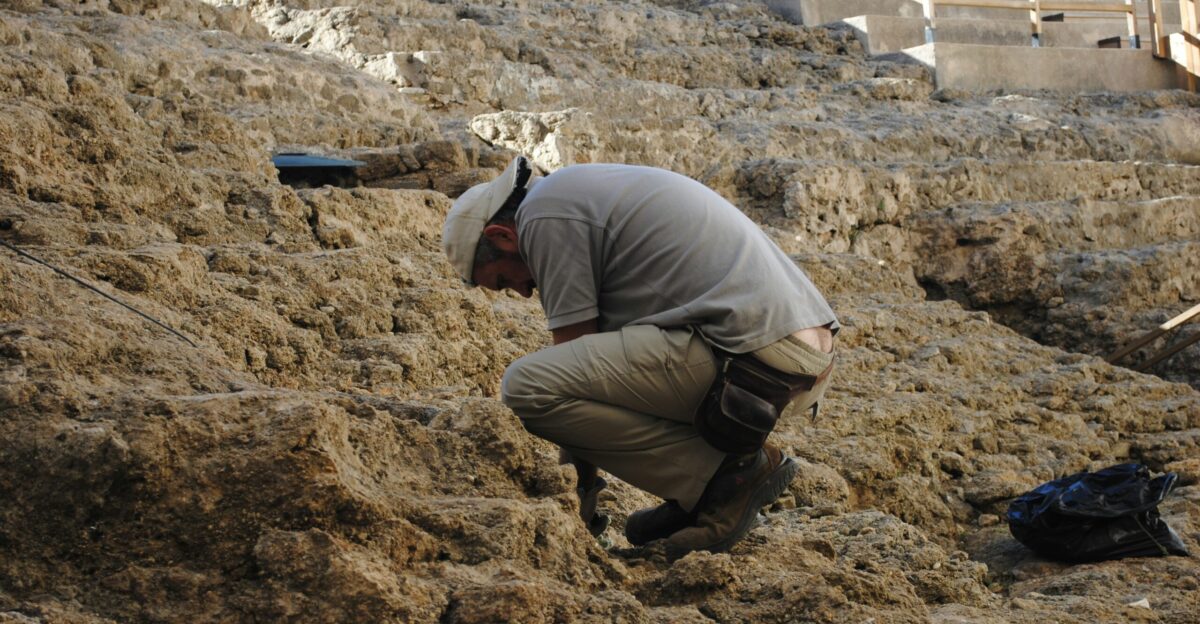
Sawyer’s discovery soon bacame the talk of a local beachcombing group, with speculation swirled about its origins. The Houston Chronicle reports that members quickly determined the object to be the base of a Clovis point—a spear tip crafted by Paleoindian peoples over 12,000 years ago.
Alan Slade, a lithic analyst at the Texas Archaeological Research Laboratory, confirmed the identification: “Fluted on both faces, classic workmanship,” Slade told reporters, adding, “It’s thger find of a lifetime for any beachcomber.”
What Exactly Is a Clovis Point?
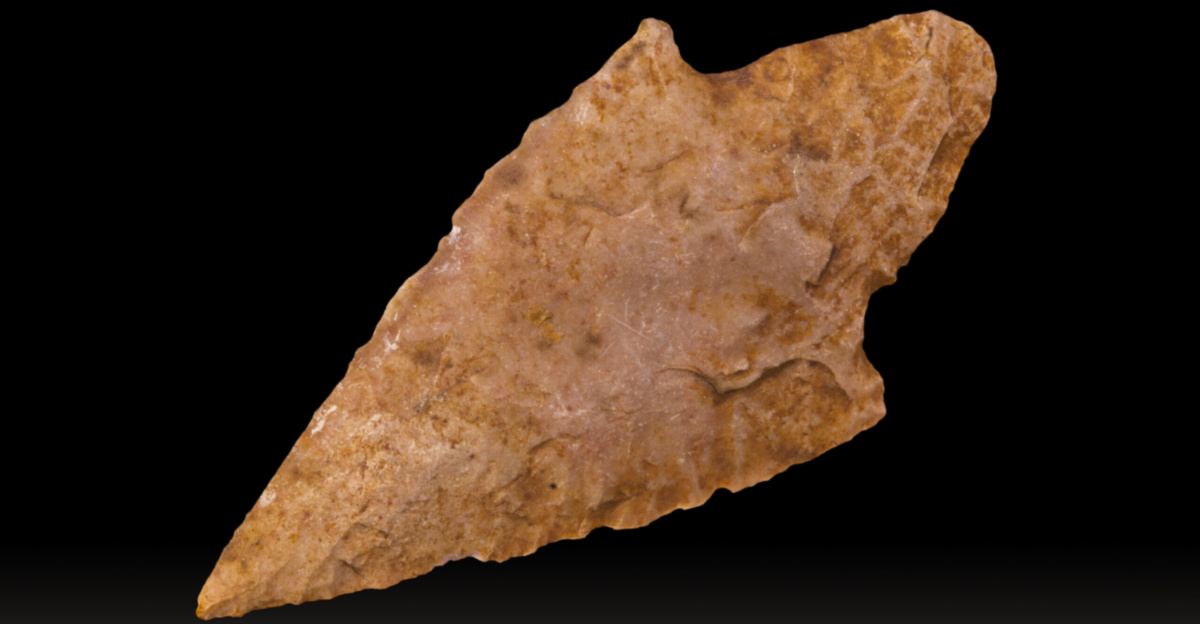
Clovis points are stone spearheads instantly identifiable by their fluted groove. These tools were the Swiss Army knives of their era, used for hunting and possibly even in rituals.
Their design was so effective that it spread across North America, becoming the continent’s first “universal” technology. The discovery of one on a Texas beach is as rare as it is remarkable.
The Rarity of the Find

While Clovis points have been discovered throughout the United States, they are extremely rare on the upper Texas coast.
According to the Texas Archaeological Research Laboratory, only onew other Clovis ppoint has been found in Galveston County since 1987.
Most of the finds in the area come from McFaddin Beach, making Sawyer’s find on the Bolivar Peninsula truly remarkable.
The Science Behind the Stone
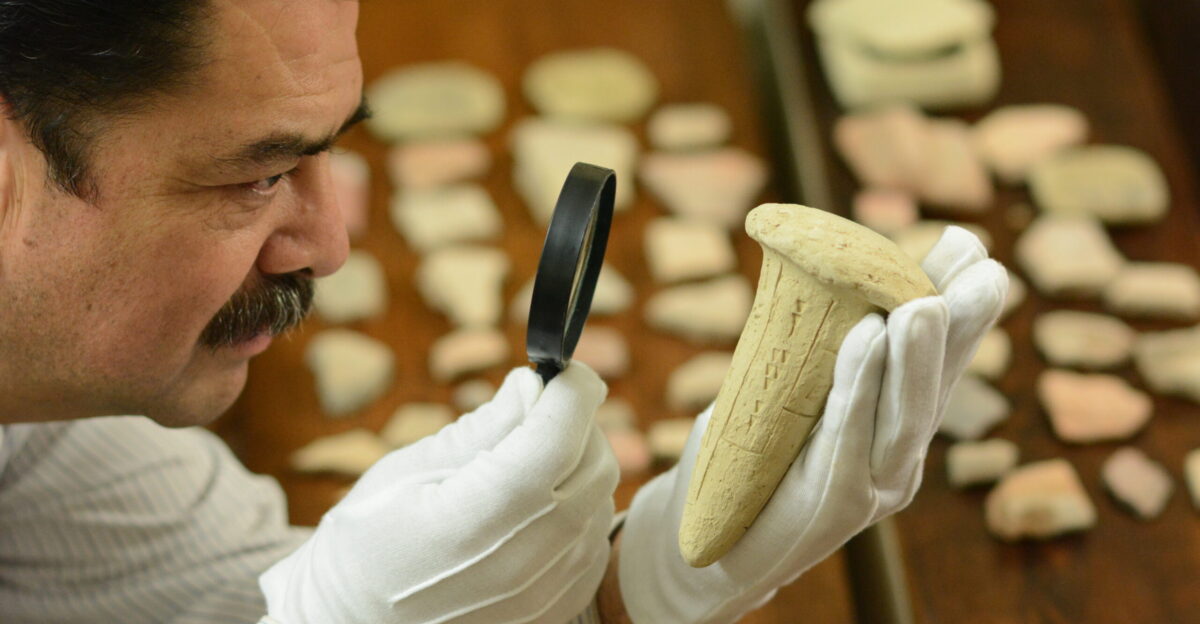
What sets this artifact apart isn’t just its age—it’s the story told by its colors and textures. The point is dark blue and black at its center, edged in white where it recently broke.
Experts say this “patina” proves the point was buried in sandy gravel for millennia, only to be snapped free by recent wave action. The damage, they believe, occurred within the last year or two.
A Window Into a Lost World
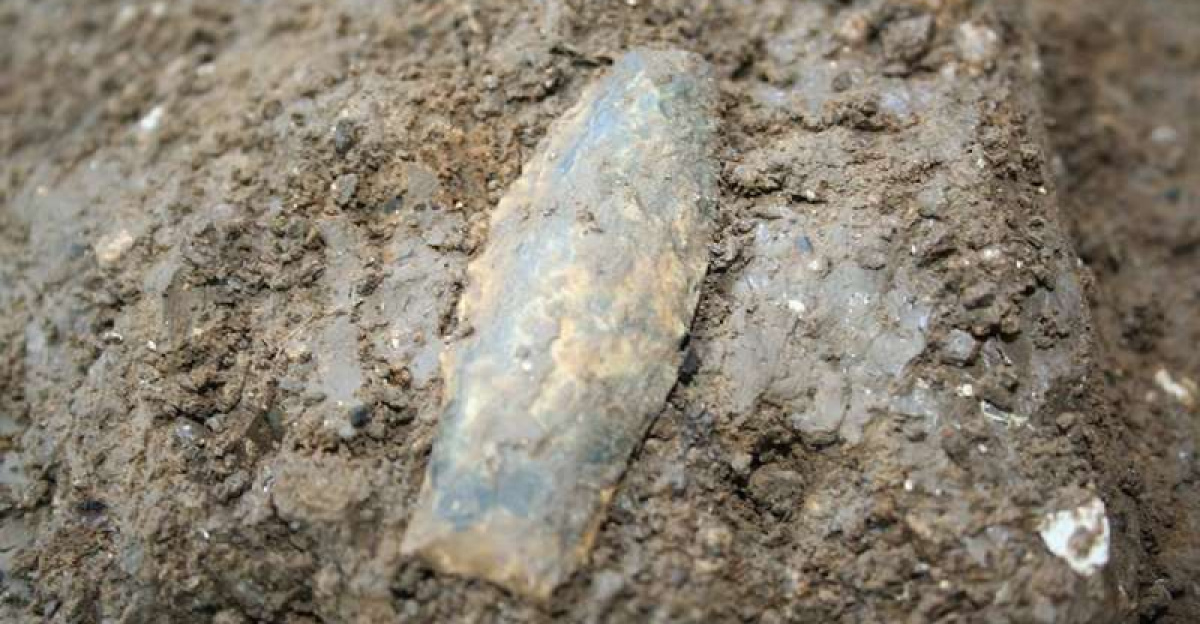
Clovis points date back to a time when the Texas coastline looked drastically different. During the Paleoindian era, sea levels were lower and the Gulf shoreline stretched far beyond today’s beaches.
Some archaeologists now argue that intact archaeological sites may still lie submerged off the coast, waiting to be discovered.
The Debate: River Journey or Ancient Shoreline?

How had this ancient spear point come to be on a modern beach? Some experts think it traveled downriver from inland Texas, while others insist it came from now-submerged land exposed during the last Ice Age.
“There’s an argument that it’s an intact archaeological site off the coast of the Gulf,” Slade explained, fuelling ongoing debate in the scientific community.
The Human Touch: Reworking and Resharpening

Closer inspection reveals the point was reworked and resharpened over time, much like a pencil. Some damage occurred in antiquity, while other breaks are recent.
This suggests the artifact was not just a one-time tool, but a companion for its ancient owner—used, repaired, and eventually lost to history.
Why This Is Important for Modern Texans

For those who dream of making a discovery of their own, Sawyer’s story is a reminder that history can be hiding in plain sight.
Experts encourage anyone who finds a potential artifact to contact a local museum or archaeological society. As Slade puts it, “Even a casual stroll along the coast can yield a window into a world 12,000 years gone.”



